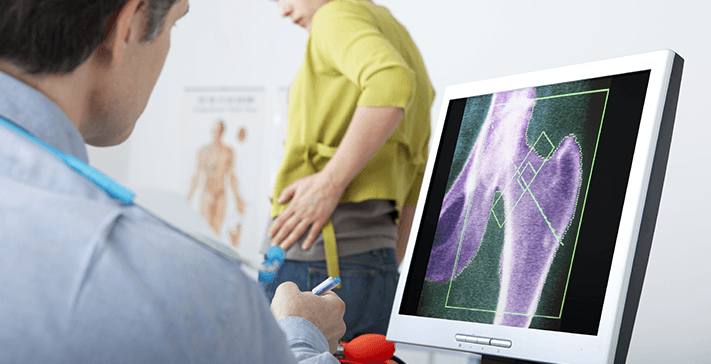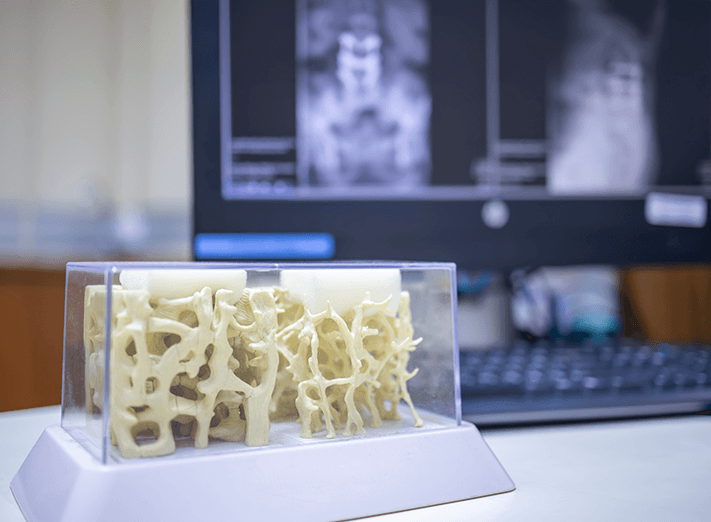What Is Osteoporosis?
Osteoporosis is a medical condition characterized by weakened bones that become fragile and prone to fractures. This occurs when bone mass and density decrease over time, leading to structural deterioration. Often called a "silent disease," osteoporosis progresses without noticeable symptoms until a fracture occurs, usually in the hip, spine, or wrist. The condition can significantly impact mobility, quality of life, and overall health if left untreated.
Symptoms of Osteoporosis
Osteoporosis is often asymptomatic in its early stages. However, as the disease progresses, individuals may experience:
Loss of height due to vertebral fractures or spinal compression
Back pain caused by fractured or collapsed vertebrae
Stooped posture (kyphosis)
Fractures occurring with minimal trauma, such as a fall or even minor stress on the bone







